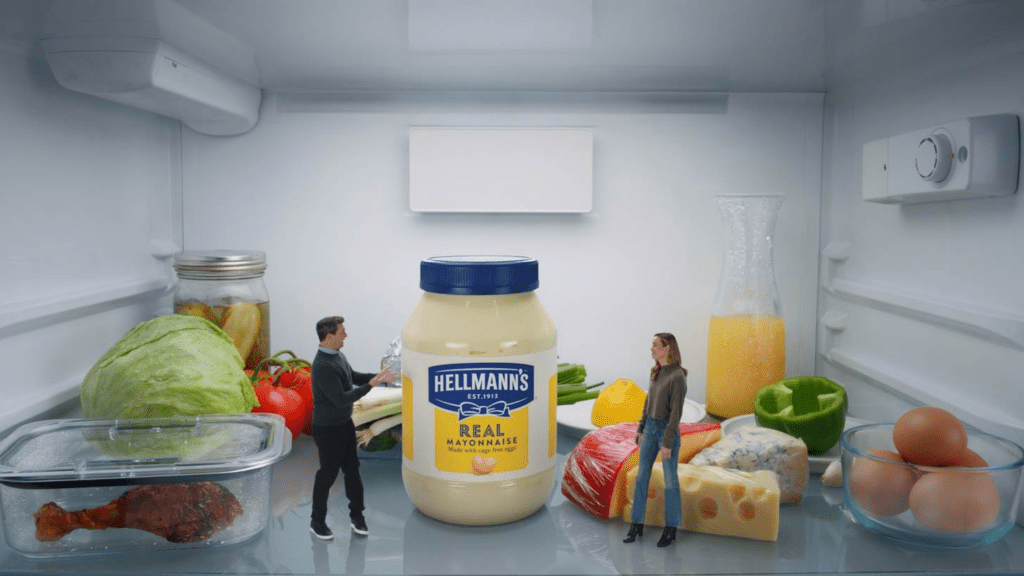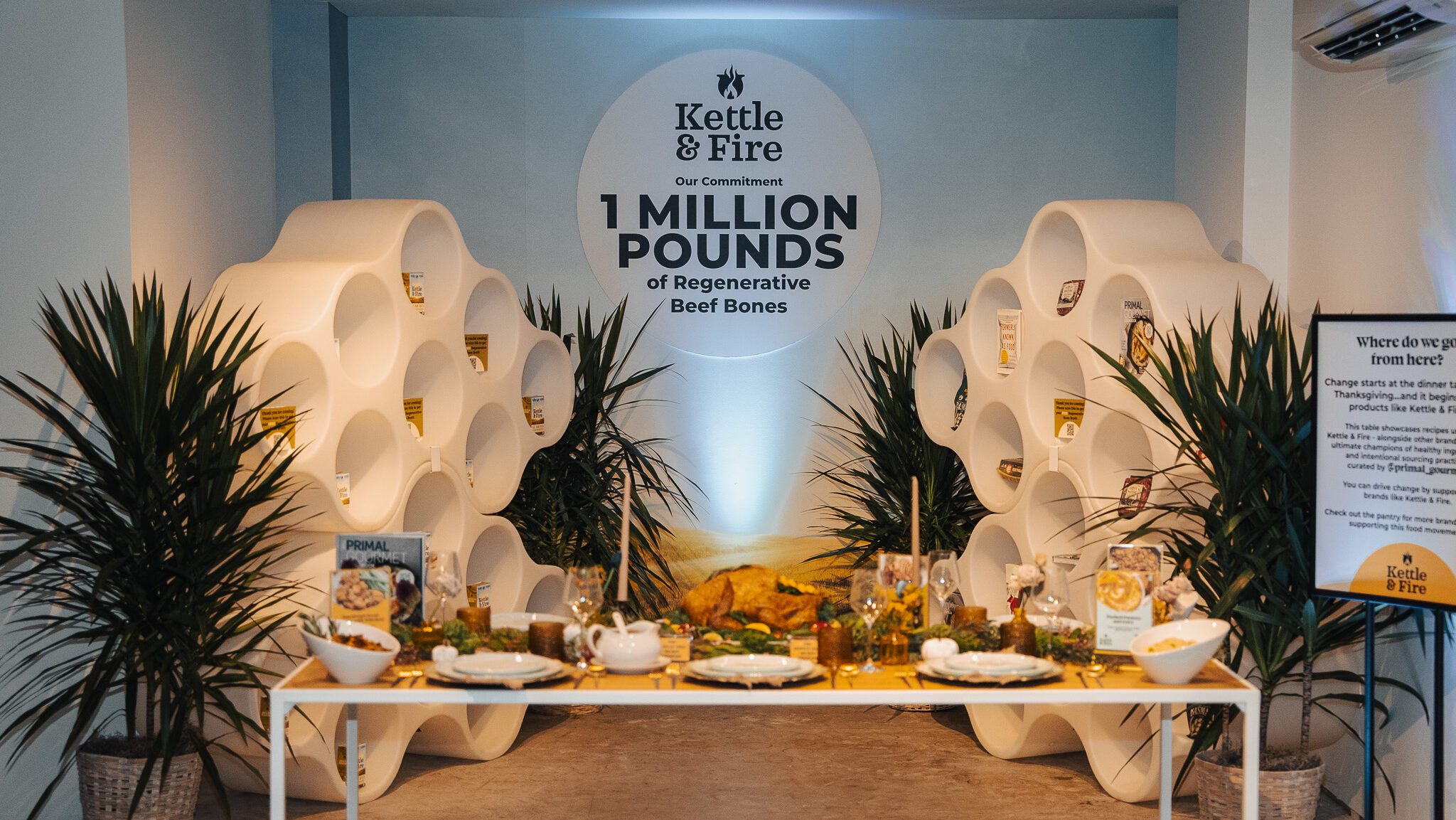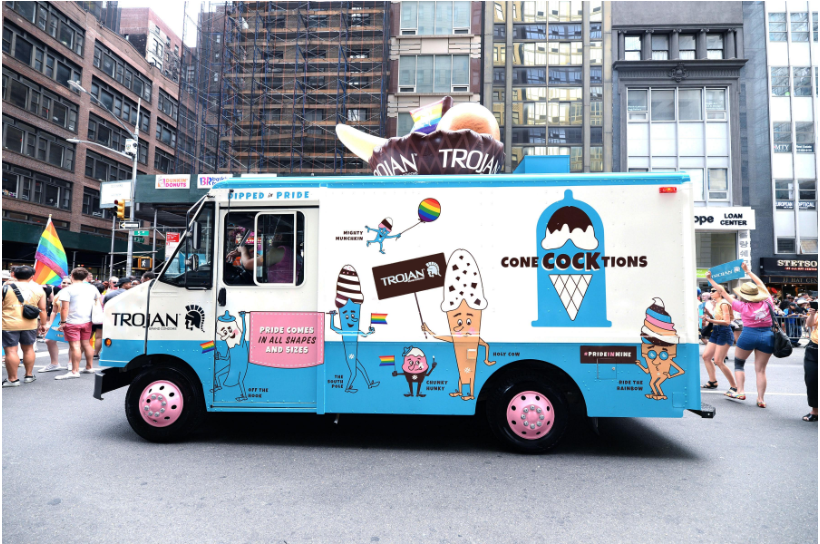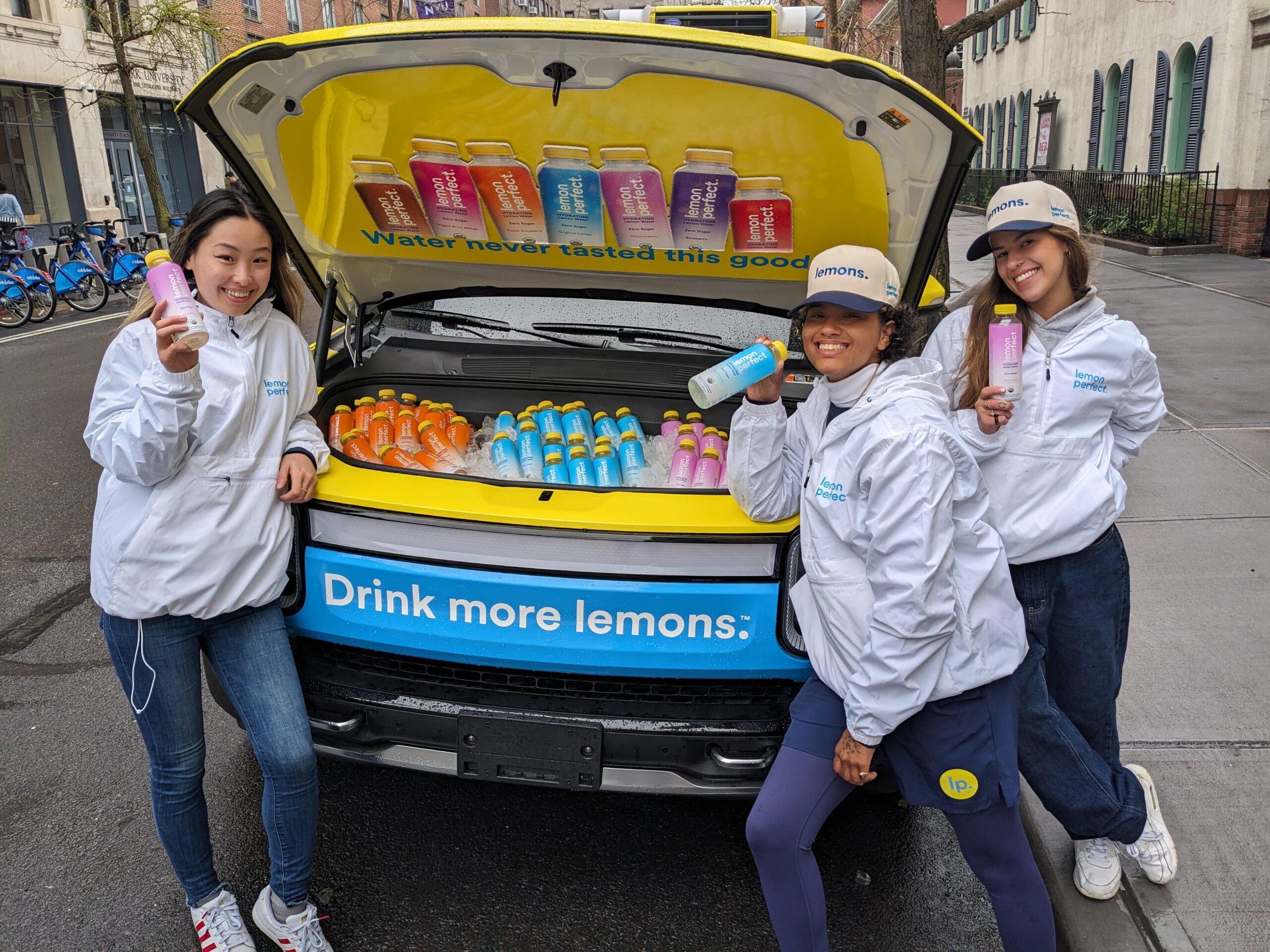
- Branding
6 Refresh-ing Tips to Revitalize Your Brand
What do Apple, McDonald’s, Dunkin’ and Instagram have in common? Each of these brands renewed customer interest with a brand refresh — a strategic reshaping of the brand’s image to make it relevant and exciting again. The brand refresh can be a powerful tool for revitalizing your brand and connecting with your target audience.
What Is a Brand Refresh?
A strategic update to a brand’s identity, a brand refresh is an opportunity to re-introduce a brand to consumers. Usually, this is done to realign the brand with consumer preferences, tech, and trends, helping the brand stay relevant and differentiating it from competitors.
A brand refresh differs from a rebranding in that it doesn’t change the brand’s name, story, or core values. Instead, a refresh updates brand elements like logos, typography, colors, slogans or taglines, and the personality the brand projects in its marketing. Successful refreshes happen “by focusing on a new approach to product, store, culture, and customer,” says the Harvard Business Review.
Why Do a Brand Refresh?
The brand refresh is often compared to plastic surgery — a “facelift” that changes and renews the brand’s image without changing the brand’s core identity. The comparison is apt, in that a refresh often makes a brand “young” and new again. A refresh “does not change the entire appearance, as some of the old elements remain relevant,” says digital agency Nopio. Instead, a refresh is “about introduction of significant, but non-fundamental changes to the brand image.”
Companies use a brand refresh to achieve several goals:
- Updating the visual identity
- Refining the brand messaging
- Addressing the appearance of new competition in the market
- Modernizing how customers interact with the brand across all touchpoints
- Increasing brand awareness
- Increasing brand loyalty
- Drive sales
When Should a Brand Do a Refresh?
Every brand’s trajectory is unique, but Forbes identifies five occasions where a brand refresh might be called for:
Change in leadership: The refresh can be a way to introduce a new vision or leadership for the brand, demonstrate a new energy or focus, and express the brand’s commitment to growth and change.
Shift in competition: Changes in the market and specifically in the brand’s competition can create a need to reposition the brand. “Doing nothing or maintaining the status quo may allow for your competition to pull the attention to them,” says Forbes. “Adding a refreshed look and feel can put a new spotlight on an existing business or product.”
New direction: If the brand is expanding into a new region, audience, or industry, a refresh may be called for. “Promoting your brand to a new market is an opportunity to consider different ways to convey the unique value you can offer.”
New products/services: Introducing new or a wider range of products and services? A well-timed brand refresh can “attract new audiences who may be drawn to the new offering yet were previously unfamiliar with the original portfolio.”
New look/feel: Many brands — such as Pepsi, with its recently refreshed logo — have refreshed their visual identity to reflect contemporary design trends without changing much if anything else.
6 Refresh-ing Success Tips
The substance, nature, and depth of a brand refresh depends on the brand’s goals, desires, and resources, but there are several ways to position your refresh for maximum impact.
1. Get Your Story Straight
Your brand’s story creates context for your products or services, and it’s this context that makes your brand resonate externally, with consumers, and internally with employees, leadership, and other stakeholders. “It connects brand editorial with its product collections, steers design to incorporate narrative anchors (like recognizable pattern, clasp, color, or stitching) into products, and streamlines merchandising, styling, and marketing,” says Harvard Business Review. Clarifying your brand’s story at the outset gives your team a framework on which to hang the refresh.
2. Connect with Culture
“Cultural hooks reflect a brand’s role in the world and ensure its credibility with its target audiences,” HBR notes. When McDonald’s created its most recent refresh, it looked to pop culture influences and influencers like athletes and K-pop musicians to connect with target audiences. For a recent campaign that included a mobile activation tour, Hellmann’s created Super Bowl ads that used celebrities from movies and TV to build a narrative around the brand’s signature product.


3. Get to Know Your Brand
How is your brand perceived by consumers — both independently and in comparison with your competition? Does your brand still fit with the products you offer and the industry it’s part of? Do your look, voice, and personality still reflect your brand values and story? What do you want out of this refresh, anyway? Answering questions like these can tell you whether a refresh is the right move, right now, and draw a roadmap toward your goals.
4. Understand Your Audience
The research phase of planning your brand refresh should include an in-depth look at the audience/s you hope to capture. “Your customers’ hopes, needs and desires have moved on since your last brand refresh,” notes dusted.com. Keeping those customers while attracting new ones requires understanding your intended audiences’ demographics and psychographics. Building personas is a great way to develop this knowledge and build the refresh to connect with your audience. Surveys, social media analytics, demographics, and even customer interviews are a great way to gather the necessary information.
5. Create Consistency
Updating visual elements like logos, colors, photography, and fonts is usually a central feature of a brand refresh — it’s the primary way consumers will know something’s up — but those updates mean little if they’re not applied consistently. That calls for establishing brand standards and distributing them throughout the organization, then applying them everywhere: packaging, print ads, printed materials, swag, social media, and your website. “The most powerful brands not only have a great visual identity, but that identity is methodically reinforced across every single touchpoint,” says a blog post on circlesstudio.com.
6. Make an Impact
Working with your agency and your team, develop a timetable and plan for rolling out the refresh. “You’ve invested time and resources, so you’ll want to generate excitement and build momentum with the launch,” says circlesstudio.com. Spread the word across social media, news media, industry publications, and your professional network. If it’s a good fit for your brand, plan on experiential marketing like activations, pop-ups, or a mobile tour to draw attention and create opportunities for the new, improved brand to interact directly with consumers.
Promobile Marketing is a dynamic experiential marketing agency based in New York City. For over a decade, Promobile Marketing has collaborated with a range of brands—from budding startups to major CPG brands—on immersive marketing campaigns. Get in touch to discuss your next project.


